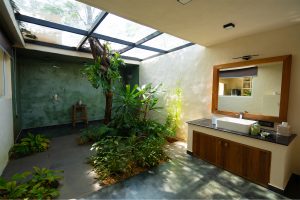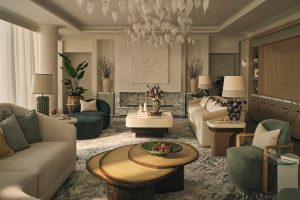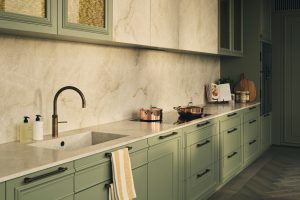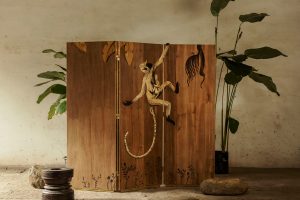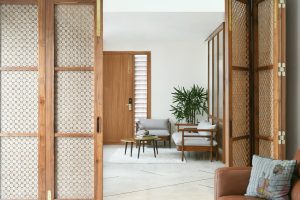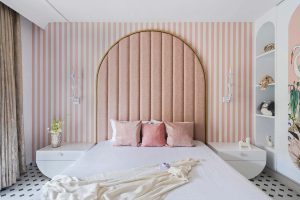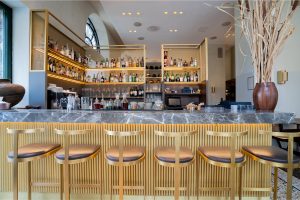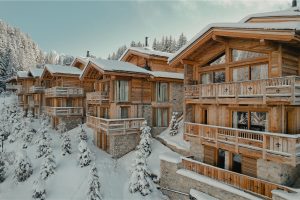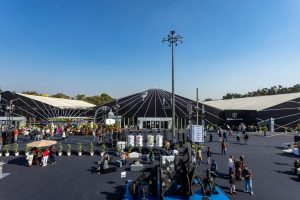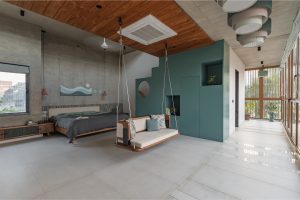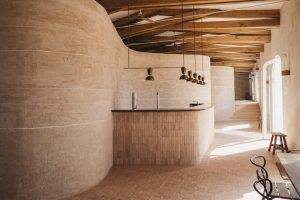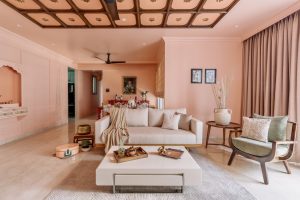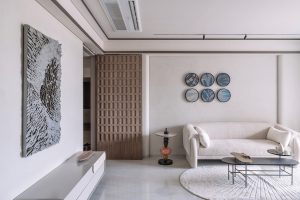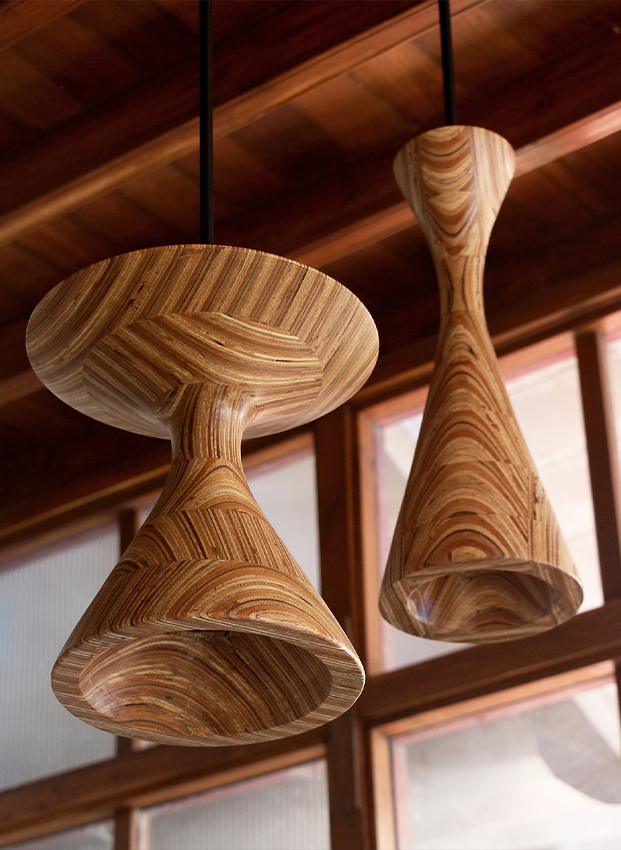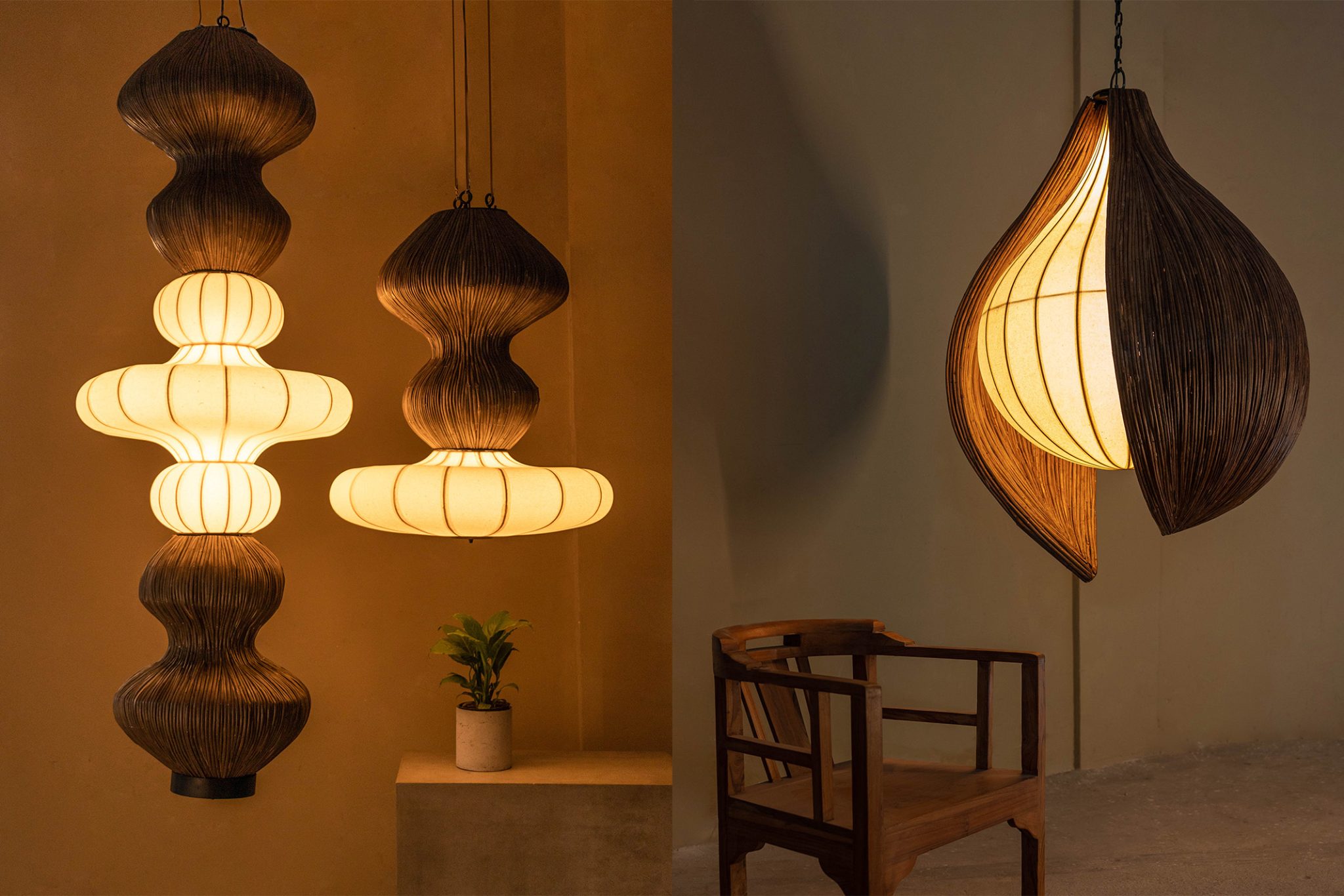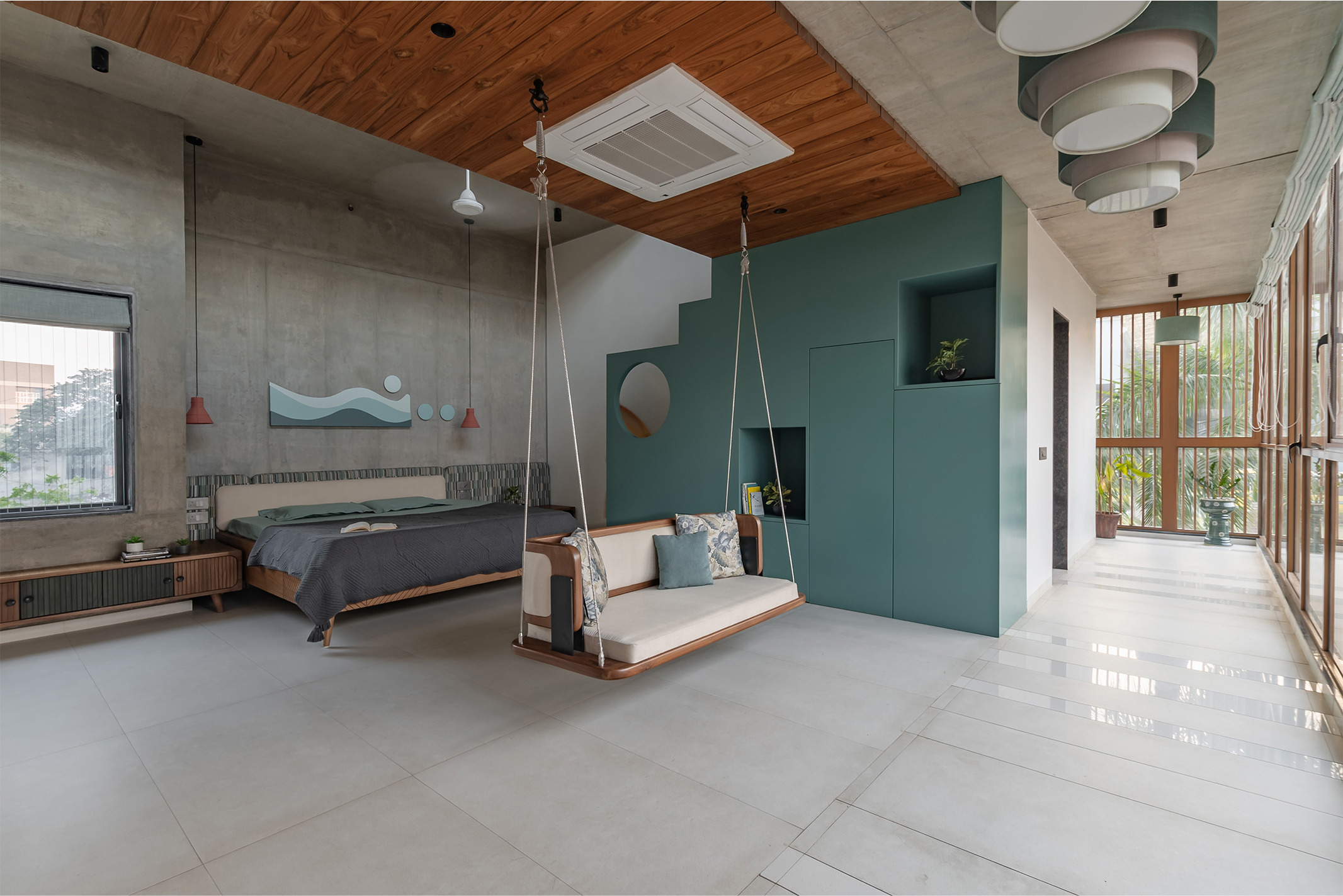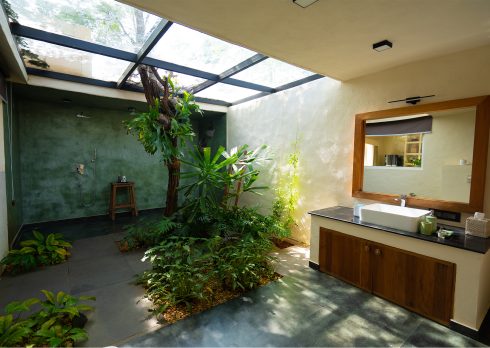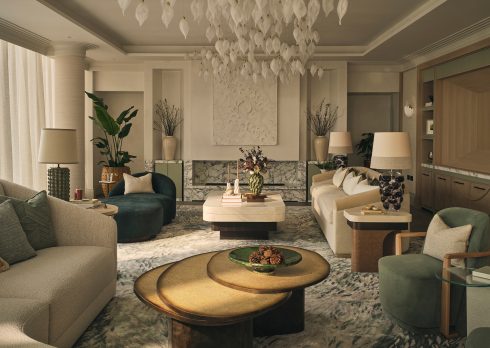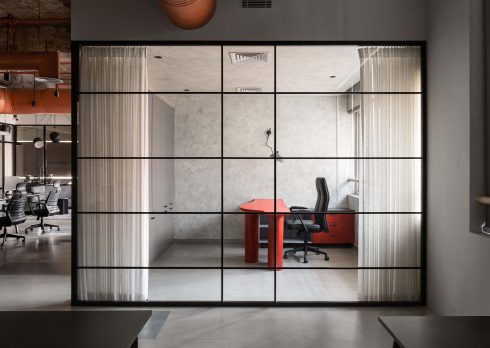This Multigenerational Surat Home Anchors Itself In A Lush Garden Setting
Designed by Aangan Collaborative LLP, this multigenerational Surat home sits within a trio of gardens, harmonising architecture and nature while striking a balance between open and private retreats.
It only seems fitting for a place rich in heritage and adorned with the magnum opuses of great architects to orchestrate a dialogue between architecture and nature. In keeping with this, a home emerges in the heart of Surat, Gujarat—drawing from the bequeathed legacy from its maestros and their timeless architectural vision. Aptly dubbed, ‘Harshaangan: A House for Gardens,’ this home tucks gardens at its heart and the city in its bones. Designed by Aangan Collaborative LLP, it serves as a sublime invitation to slow down and connect with nature in everyday life. Nestled within a trio of lush gardens, while championing sustainability through mindful materials and clever design hacks, this green haven fosters a seamless connection where indoors bloom into outdoors.
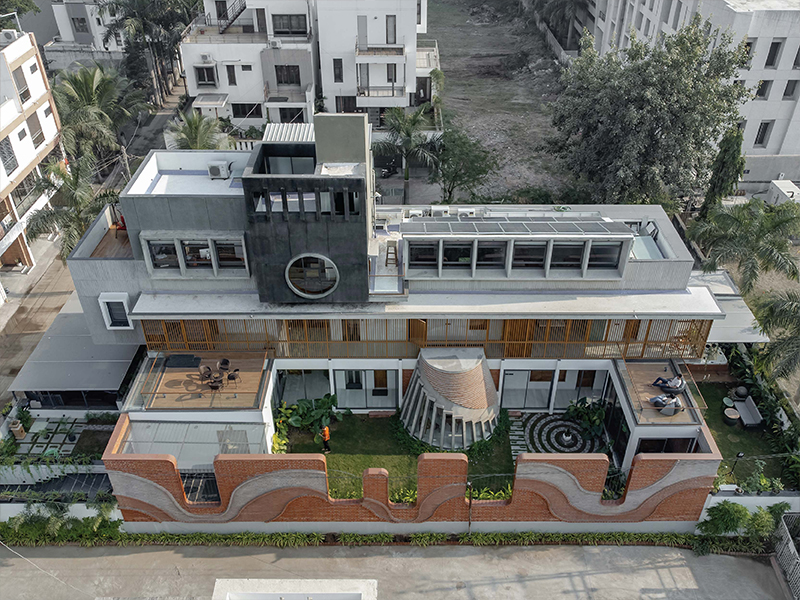
Where Walls Blur and Gardens Blossom

“The idea of A House for Gardens emerged from the client’s desire for openness to the landscape, leading to a design where three gardens shape the home’s spatial arrangement,” explains architects Vishal Desai and Vishal Shah of Aangan Collaborative LLP. Resolute in melding the boundaries between the indoors and the outdoors, a young couple with their children call this a sanctuary within a sanctuary of their home. In bustling cities, one often finds oneself swept away by the relentless pace of urban life. To counter this ever-moving tide, “Harshaangan is designed as a home that blends everyday living with a deep connection to nature,” explains the architects. This connection is established right from the entrance and winds throughout the home with colossal openings, framed views, and a linear circulation spine, transforming the walls into ‘green whisperers’ that hum serene tunes of tranquillity.
Also Read: The Business Of Antiques With The Golden Triangle’s Douglas Van Tress
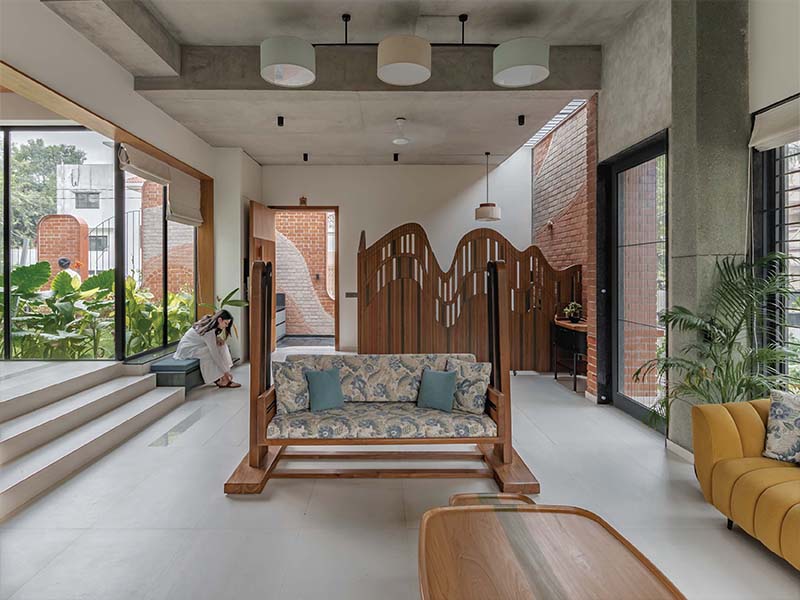
Crafting a coveted sanctuary where nature isn’t merely a backdrop but an intrinsic part of routine life—while dissolving boundaries between built form and landscape within a compact urban plot—posed a challenge. In response, the architects explain, “Rather than confining nature to the periphery, the design allows it to flow through the home, creating a seamless dialogue between the built and the natural.” They add, “The stacked configuration of spaces ensures that every level remains connected to greenery, striking a balance between openness and shelter, making the house feel both expansive and intimate.” Consequently, amidst the city’s ceaseless rhythm, a home emerges as a sanctuary, offering moments of repose at every turn—a gentle, ubiquitous reminder to slow down and savour the stillness.
A Mosaic Of Bricks
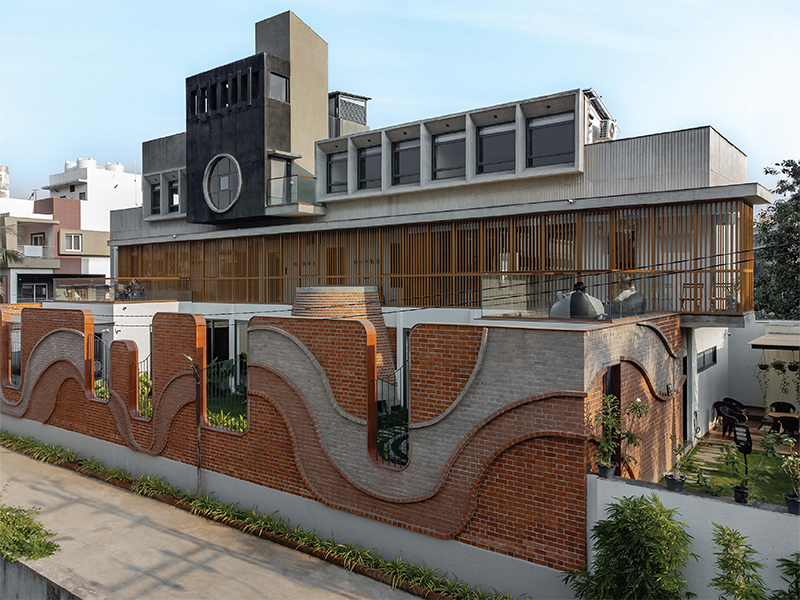
Gujarat has been graced by master architects like BV Doshi, Louis Kahn, and Le Corbusier, with their edifices standing as cherished testaments to architectural ingenuity and enduring legacy. This essence is tactile and palpable while meandering through the neighbourhood—within the brick facades, in the copious courtyards, and lush gardens. Referencing their philosophy, this home transpires with a compound wall—a flowing mosaic of three-coloured bricks embracing the family garden. While the boundary wall’s function is just that, its aesthetics are often reduced to stark concrete or, at best, a modestly painted façade. This tri-coloured, voluptuous design with perforations introduces ingenuity and intent. Its intricate design weaves together shelter and openness, creating a seamless dialogue between built space and nature.
Its construction came with its challenges, requiring the architects to train locals, ultimately transforming the process “(into) a rewarding collaboration between concept and craftsmanship.” In an ode to the magnificent Gujarat’s artistic heritage, the architects explain, “This flowing pattern establishes a sense of serenity and security, forming a gentle yet distinctive visual boundary.”
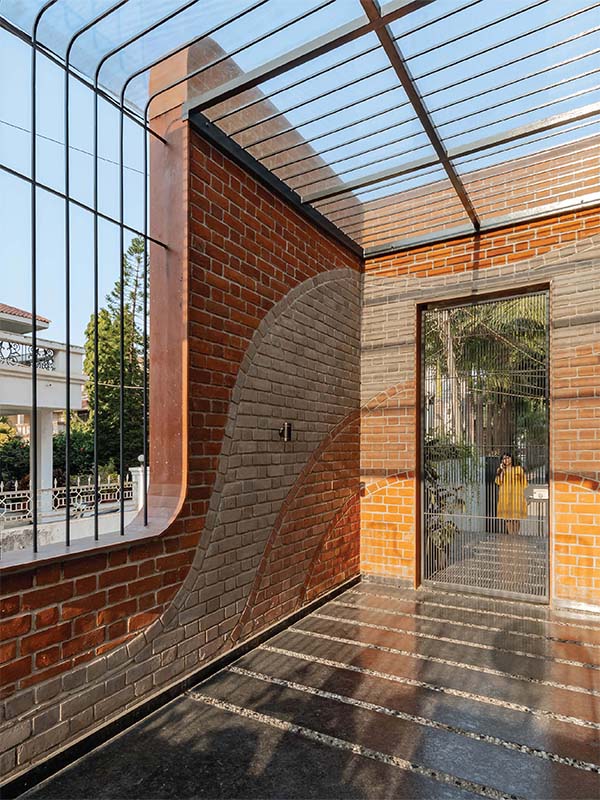
The home’s façade, with its concrete textures, narrates a tale—one which takes from early modernism and traditional architectural practices. “The aim was to create a structural expression that remained true to the inherent qualities of each material,” the architects share. Embellished with a fluted concrete texture, a breezy fenced screen and sculptural C-shaped armour wrapping a dining area, the façade responds perfectly to Gujarat’s hot and dry climate while harmonising with the gardens. With corrugated concrete draping the southern façade like an architectural sun shield, the design naturally curtails heat gain while lending the home a striking, textured elegance. The complex fluted texture’s seamless finish “required casting in controlled stages, using 4-foot-high corrugated metal sheets to maintain consistency in texture and alignment,” explains the architects.
Once the undisputed monarch of construction, brick, with its innate sustainability, has long shaped the built landscape. The architects point out, “Brick was used for the northern enclosures, offering warmth and breathability while complementing the overall aesthetic.” A quaint C-shaped façade wall, decked out with cascading windows, stands at the heart of the home—bridging every space with the central garden while serving up a side of futuristic flair.
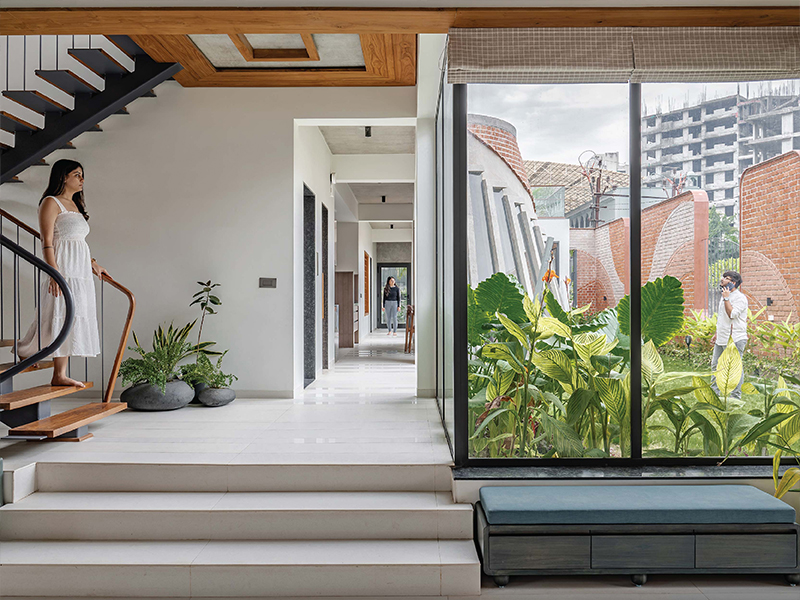
A Botanical Adventure
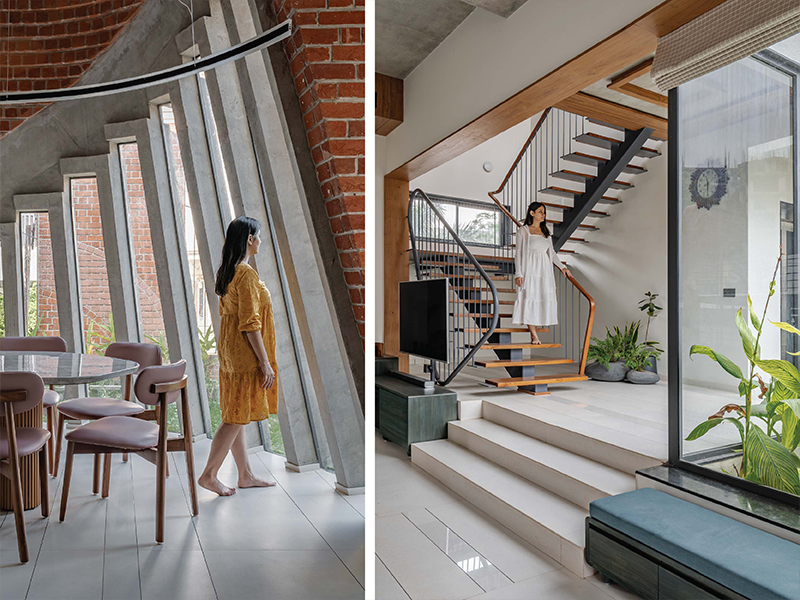
True to its name, this abode unveils its journey with a ‘social garden’—a convivial oasis reminiscent of bygone eras, where dedicated spaces fostered camaraderie among neighbours. The garden maintains its seclusion, hidden at first glance. To discover it, one must climb the stairs to the entrance, where it unfolds like a well-kept secret—an intimate space for communal bonding that is also accessible from the living area.
Also Read: Facade Goals – Design Pataki’s Top Picks For the Month
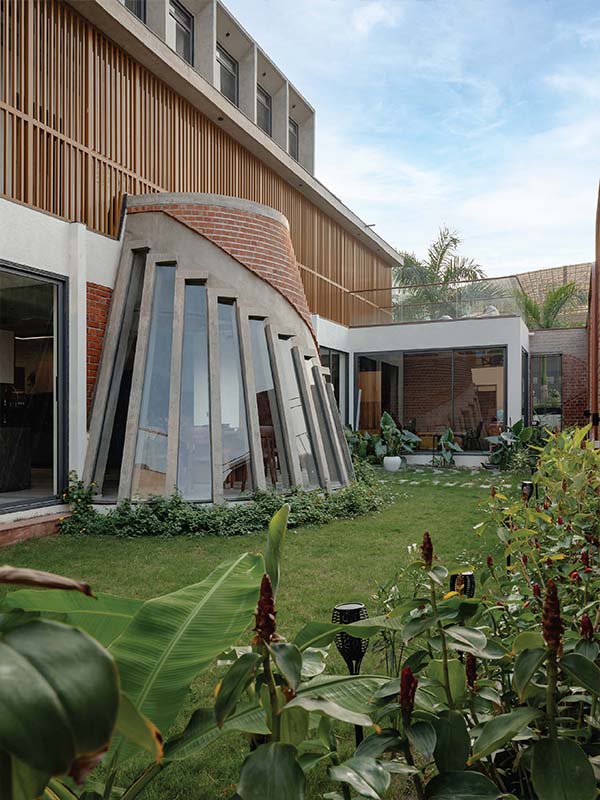
This central garden anchors the home, orchestrating a seamless interplay between light, air, and verdure while adhering to the home’s recurring theme of seamless connection. “The C-shaped enclosure carefully negotiates the balance between openness and seclusion, offering glimpses of the outside while maintaining privacy,” explains the architects.
Amidst the pursuit of the perfect balance between solitude and connection, a lush garden unveils itself beyond the bedroom at the home’s rear end. “The Private Garden at the rear provides a secluded sanctuary, with a discreetly placed jacuzzi nestled within the greenery, creating an intimate escape,” the architects explain. Nestled amidst the verdure is an alfresco lounge—perfect for sundowners, framed by lush foliage while offering a serene escape from the urban din.
Also Read: From Heritage Murals To Modern Vaults, 5 Ceiling Design Trends You Can’t-Miss
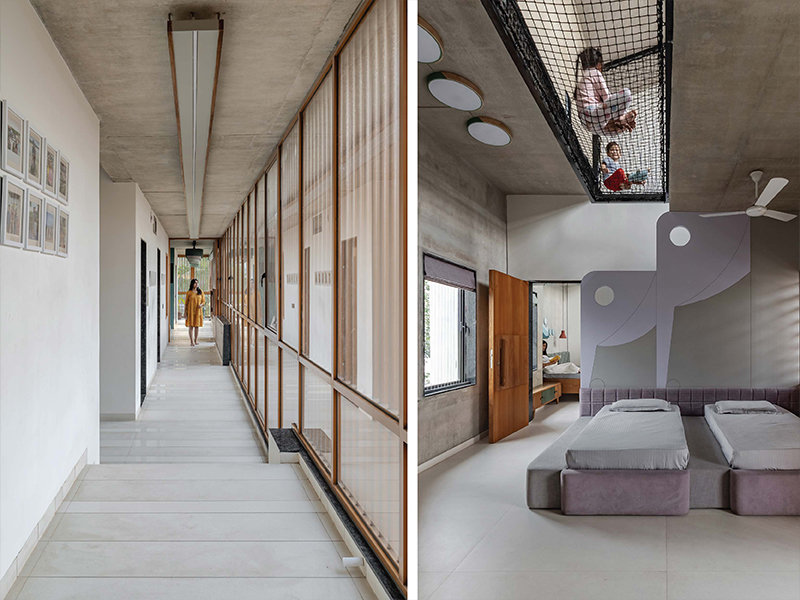
While the ground floor looks out at the verdant gardens, ascension to the first-floor swaps openness with intimacy. Here bedrooms, bathed in soft daylight, with lofty ceilings, their expansiveness tempered by the cosy embrace of mezzanine nooks—reading lounges for quiet reflection and playful hideaways for the kids.
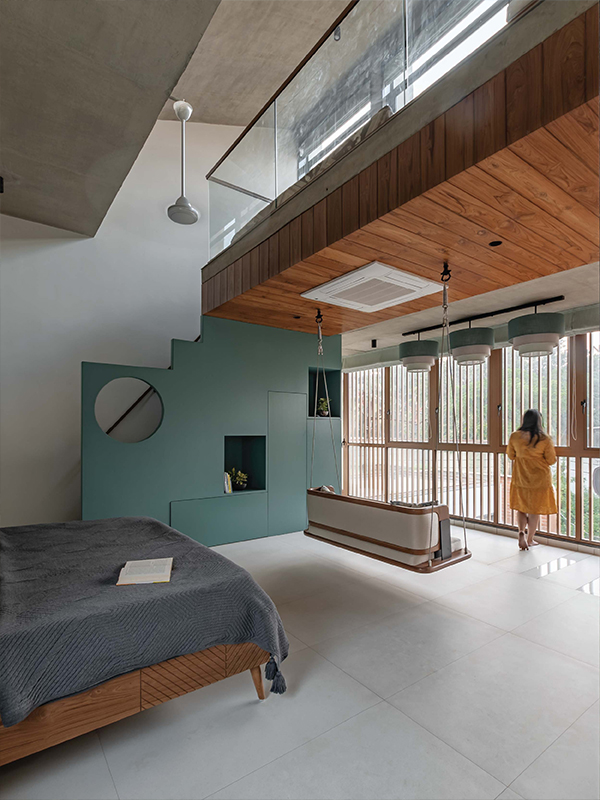
A corridor, veiled in a delicate screen of aluminium fins, casts patterns as the sun moves, blurring the line between the indoors and the world beyond while maintaining a visual connection with the central garden. The corridor serves as a buffer between the publicly accessible areas and the bedroom.
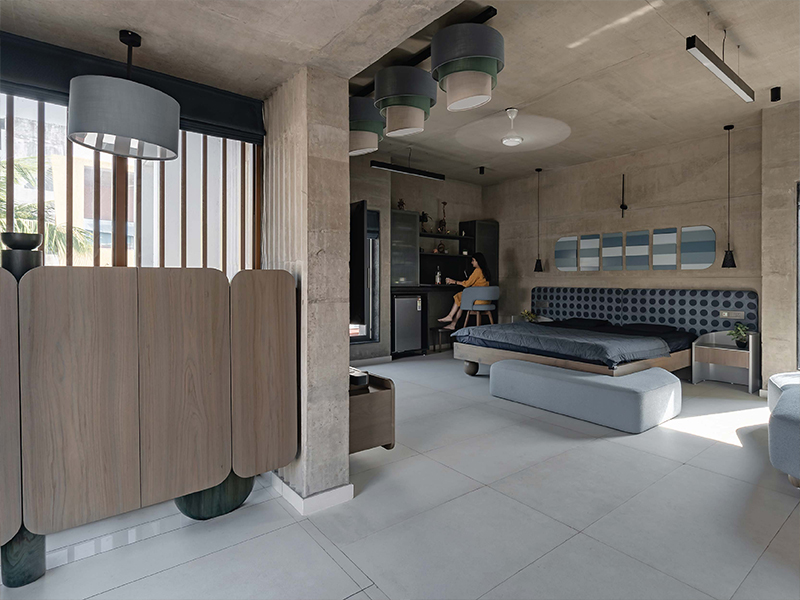
Towards Mindful And Adaptive Architecture
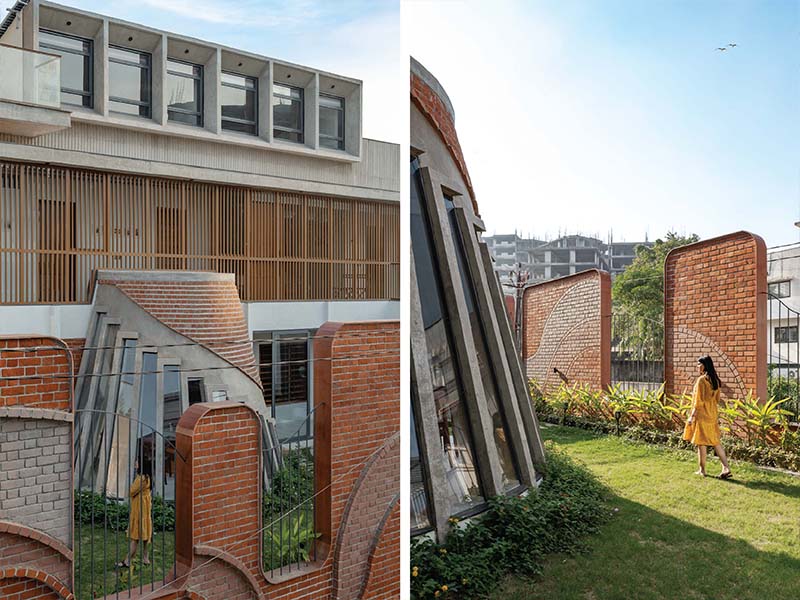
From south-sloping mezzanines with solar panels to exposed brick walls, this oasis masters passive cooling. Brick enclosures regulate heat while strategic openings enable cross-ventilation, reducing dependence on artificial cooling. “The linear form is positioned to minimise heat gain, with a self-shading fluted concrete façade on the south and breathable brick enclosures on the north,” the architects elaborate. Every element of this sanctuary within a sanctuary, from its raw materiality to its open-armed engagement with the community, reflects a philosophy of connection—to family, neighbours, and nature.

